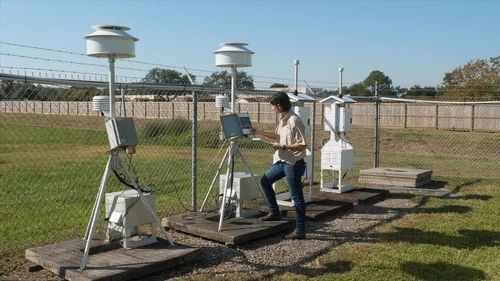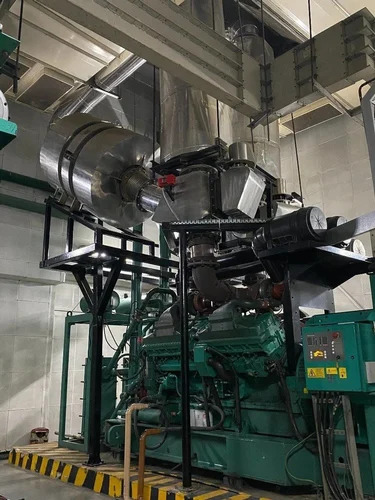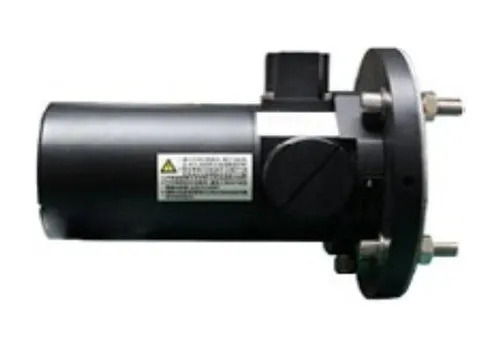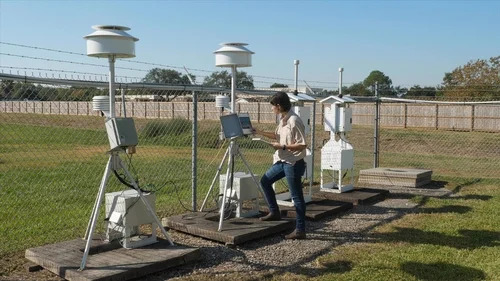Price 150000 आईएनआर/ Unit
MOQ : 1 Unit
Specification
- डिस्प्ले टाइप
- No
- ऑटोमेशन ग्रेड
- Automatic
- पावर सोर्स
- Electricity
- उपयोग/अनुप्रयोग
- Industrial
- प्रॉडक्ट टाइप
- Air Pollution Monitoring Instruments
- मटेरियल
- Stainless Steel
- वोल्टेज
- वोल्ट (v)
- वारंटी
- 1 Year
Trade Information
- Minimum Order Quantity
- 1 Unit
- आपूर्ति की क्षमता
- प्रति सप्ताह
- डिलीवरी का समय
- हफ़्ता
About
| Material | Mild Steel |
| Automation Grade | Fully Automatic |
| Usage | Monitoring |
| Voltage | 220V |
| Particle Size | All |
| Country of Origin | Made in India |
We are engaged in offering a wide range of products to our clients. Our range of all products is widely appreciated by our clients.
Advanced Industrial Air Quality Monitoring
These instruments are designed specifically for industrial use, offering precise and automated air pollution measurements. The stainless steel construction ensures durability in harsh factory or manufacturing plant environments. Suitable for industries seeking automation in environmental management, the devices facilitate compliance with air quality regulations.
Seamless Integration and Operation
Operating automatically once installed, the instruments require minimal human intervention. Their power supply range accommodates varied industrial setups, and their lack of onboard display encourages remote data monitoring, easily fitting into central control systems for streamlined workflow.
FAQs of Air Pollution Monitoring Instruments:
Q: How do Air Pollution Monitoring Instruments function in industrial settings?
A: These instruments use sensors to automatically detect and measure air quality parameters in real time. Once set up, they operate autonomously, continuously collecting environmental data to help industries monitor and control pollutant levels.Q: What applications are these monitoring instruments suitable for?
A: They are primarily used in industrial environments, including factories, manufacturing plants, and processing units, to monitor air quality and ensure safety and regulatory compliance.Q: When should these instruments be serviced or maintained?
A: Routine maintenance is typically recommended annually, coinciding with the one-year warranty. However, users should refer to the manufacturers guidelines for specific maintenance schedules based on usage and environmental conditions.Q: Where are these air pollution monitoring instruments available for purchase in India?
A: These instruments can be sourced from certified manufacturers, service providers, suppliers, and traders throughout India, ensuring accessible support and distribution for industrial clients.Q: What is the process for installing and integrating these automated monitors?
A: Installation involves electrical setup (220-440 Volts) and integration into the facilitys automation system. Since these devices do not feature a display, data is typically sent directly to remote monitoring platforms or centralized control systems.Q: What are the benefits of using these air pollution monitoring instruments?
A: Users benefit from automated, continuous monitoring without manual intervention, robust stainless steel build for long-term reliability, and regulatory compliance, all backed by a one-year warranty and seamless integration capabilities.
Tell us about your requirement

Price: Â
Quantity
Select Unit
- 50
- 100
- 200
- 250
- 500
- 1000+
Additional detail
मोबाइल number
Email

 जांच भेजें
जांच भेजें जांच भेजें
जांच भेजें




